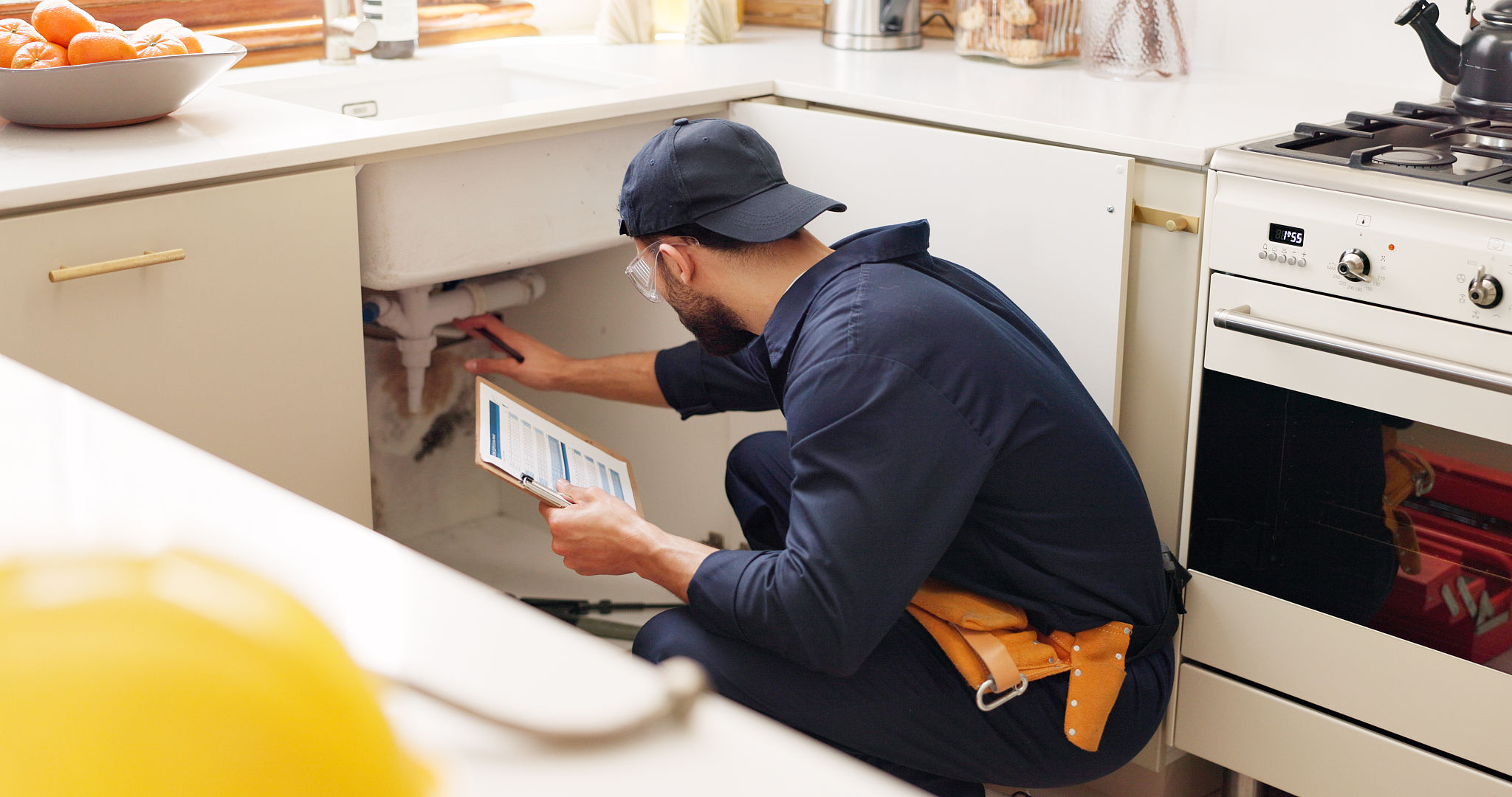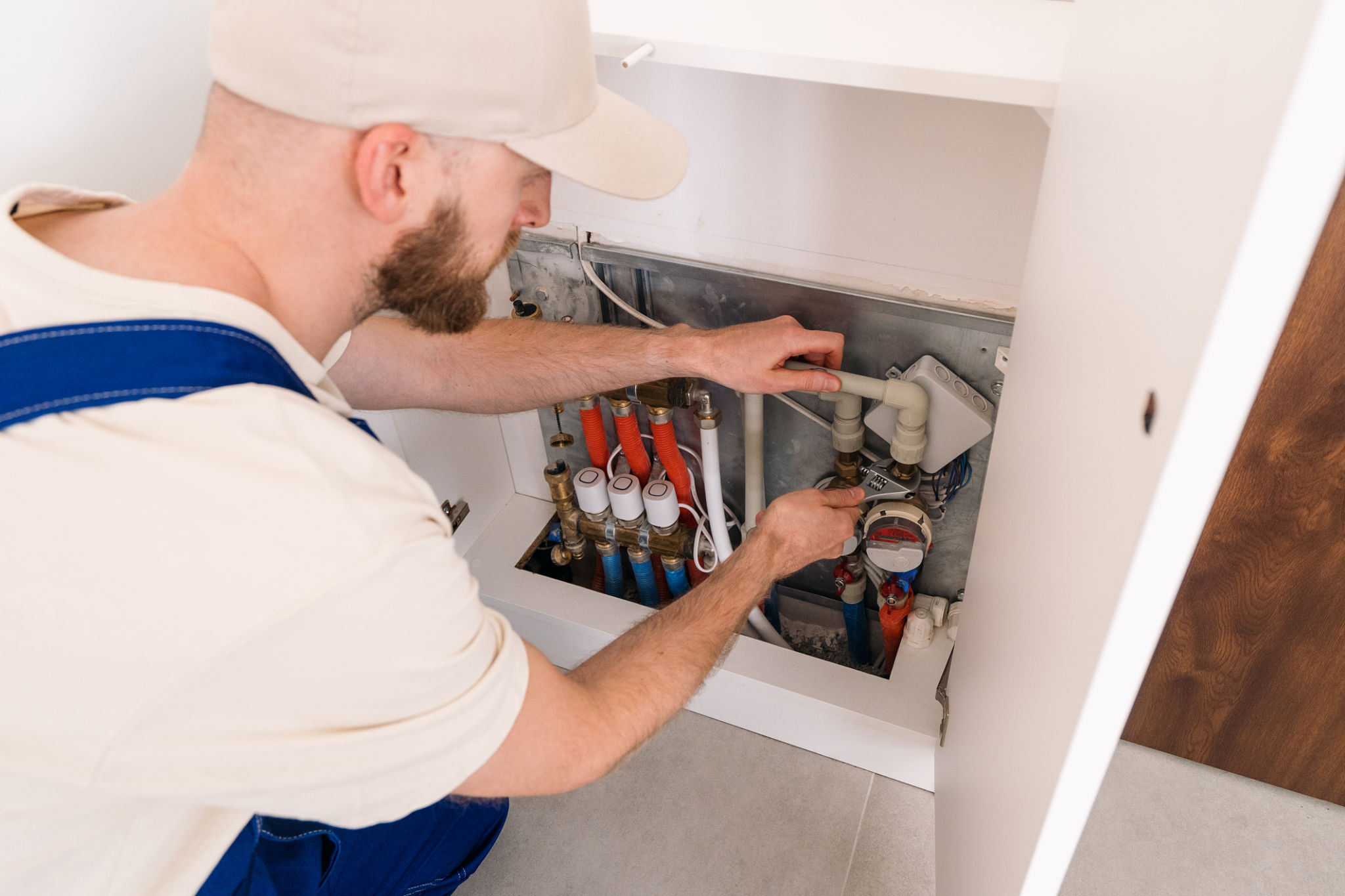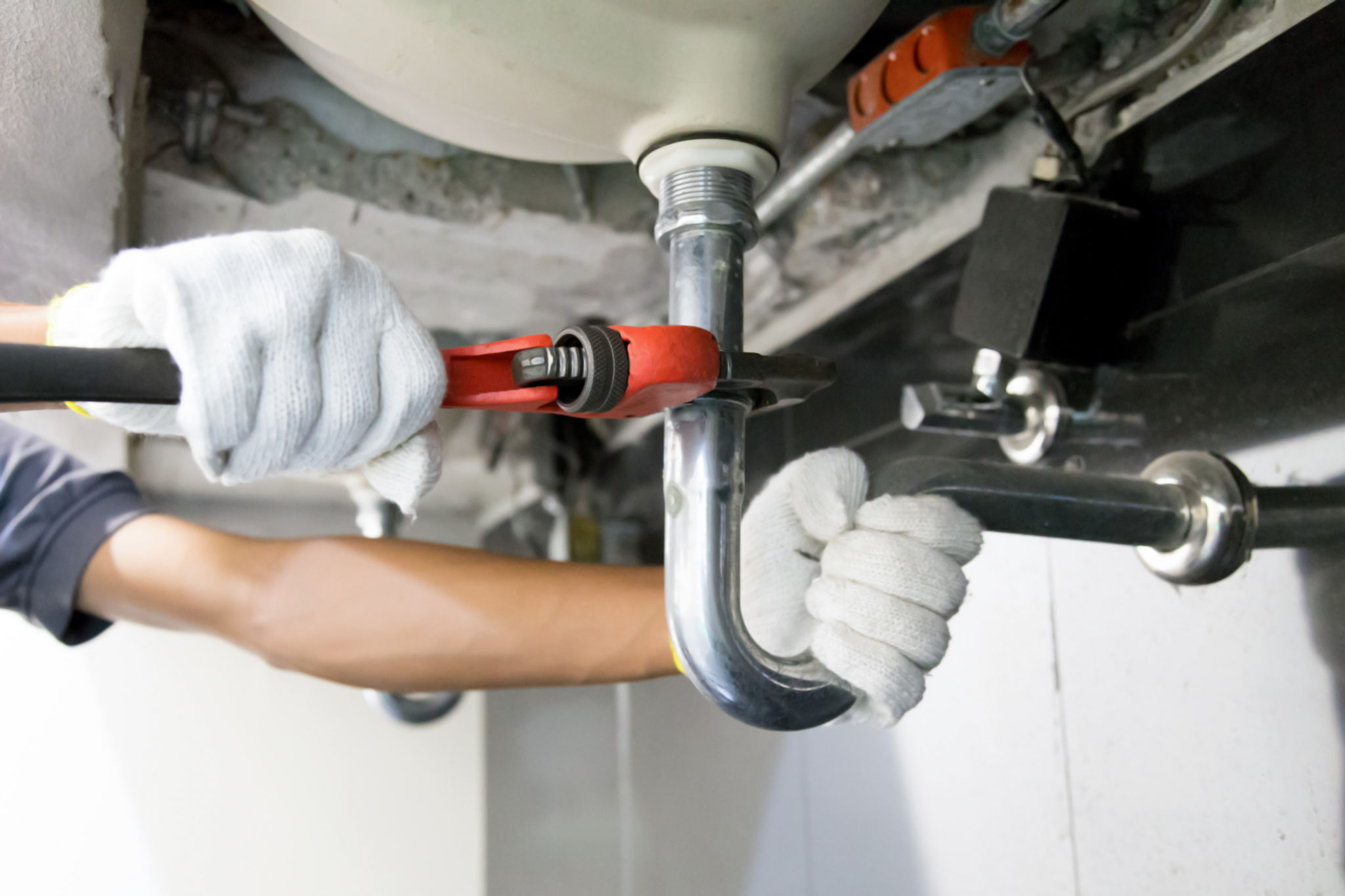DIY Plumbing Inspection Tips: What You Can Do Before Calling a Professional
Understanding Your Home's Plumbing System
Your home's plumbing system is a complex network of pipes, valves, and fixtures that work together to provide you with water and sanitation. Understanding its layout and basic function can help you identify potential issues early, saving both time and money. Before calling in a professional plumber, there are several DIY plumbing inspection tips you can try to ensure your system is functioning properly.

Checking for Leaks
One of the most common plumbing issues is leaking pipes. Start by checking under sinks, around toilets, and near any visible plumbing fixtures for signs of water damage or moisture. Look for puddles, dampness, or corrosion on pipes. A simple test you can do is to turn off all water sources and check your water meter. Wait a few hours without using any water, and if the meter has changed, you likely have a leak somewhere in your system.
Inspecting Faucets and Fixtures
Dripping faucets and malfunctioning fixtures can waste a significant amount of water. Inspect all faucets for drips and listen for any unusual sounds when they are turned on. Check showerheads for low pressure or uneven spray patterns, which may indicate a blockage or buildup of mineral deposits. Cleaning aerators and replacing worn-out washers can often resolve these issues.

Testing Water Pressure
Water pressure that is too high or too low can lead to various plumbing problems. To test your home's water pressure, you can use a simple pressure gauge, which is available at most hardware stores. Attach the gauge to an outdoor faucet and ensure all other faucets are turned off. The ideal water pressure should be between 40 to 60 psi. If your reading is outside this range, it may indicate an issue with the pressure regulator or a blockage.
Examining Drains and Toilets
Slow drains or frequent clogs are often signs of larger plumbing issues. Use a plunger or a plumber's snake to clear any blockages in sinks, tubs, or toilets. For toilets, make sure they flush properly without needing multiple attempts. If you hear gurgling noises or notice water rising in other fixtures when you flush, it might indicate a venting issue or a blockage in the main sewer line that requires professional attention.

Assessing Water Heater Functionality
Your water heater plays a crucial role in your home's plumbing system. Check for any leaks around the base of the heater and listen for strange noises when it is operating. Ensure the temperature setting is appropriate, usually around 120°F. If you notice any issues like inconsistent hot water delivery or unusual noises, it might be time to call in a professional to inspect the unit more thoroughly.
Identifying Pipe Corrosion
Corroded pipes can lead to leaks and decreased water quality. Examine exposed pipes in basements or crawl spaces for signs of corrosion, such as discoloration or rust spots. If your home has older galvanized steel pipes, consider upgrading to copper or PEX piping to prevent future corrosion issues. Regular maintenance and inspection can help prolong the life of your plumbing system.
Implementing these DIY plumbing inspection tips can help you maintain your home's plumbing system and catch potential problems before they require costly repairs. However, if you encounter any issues beyond your expertise, don't hesitate to contact a professional plumber for assistance. Regular inspections and timely repairs are key to keeping your plumbing in top condition.
